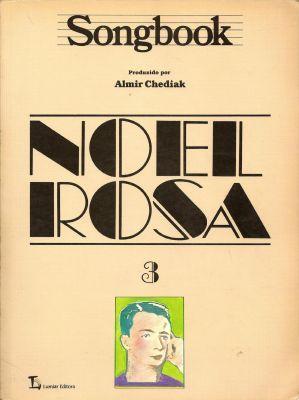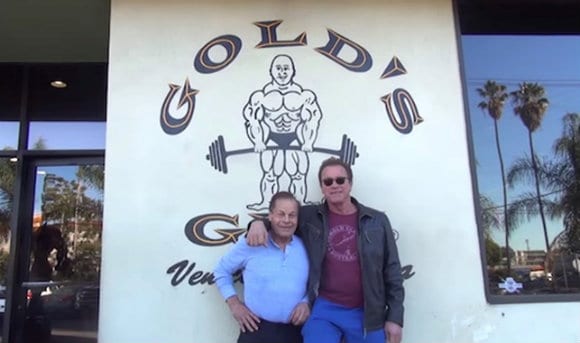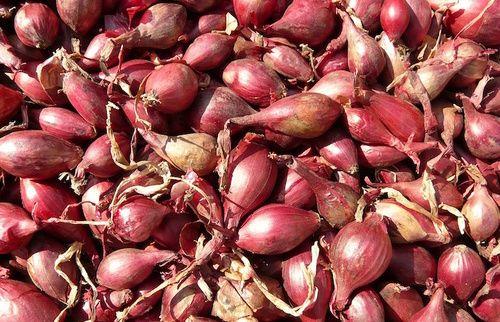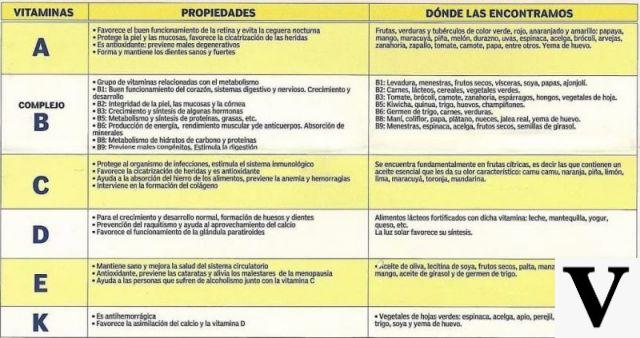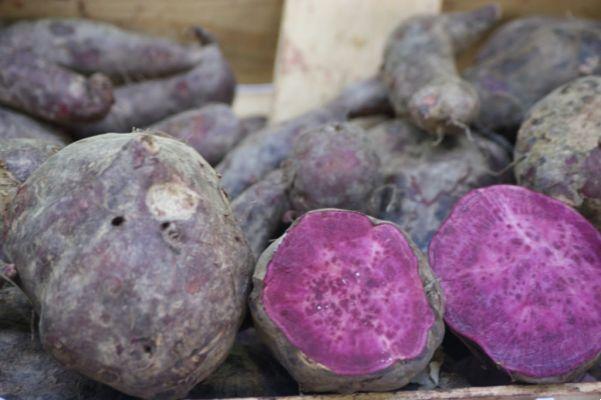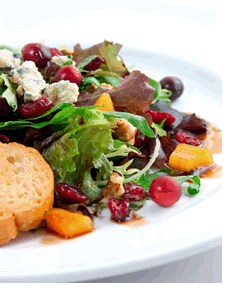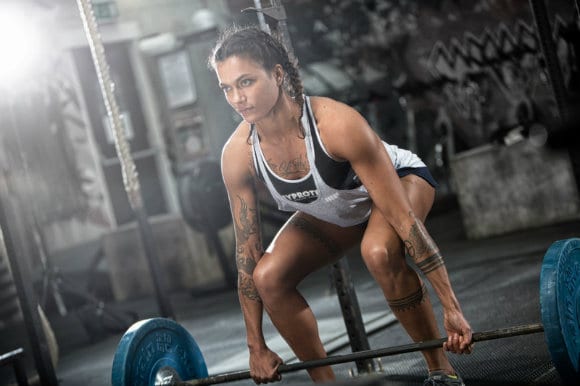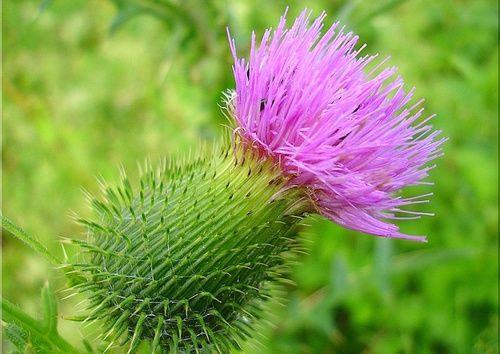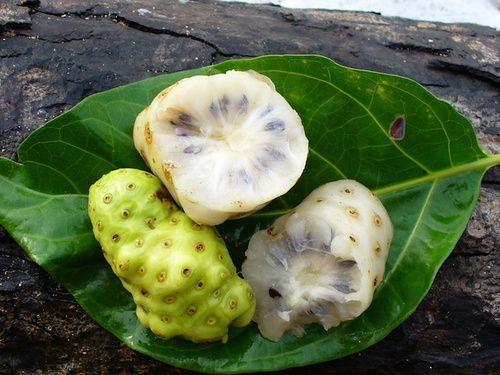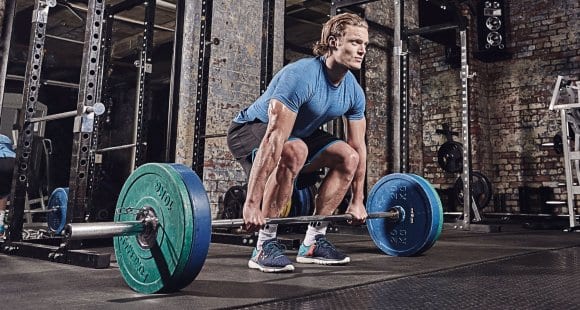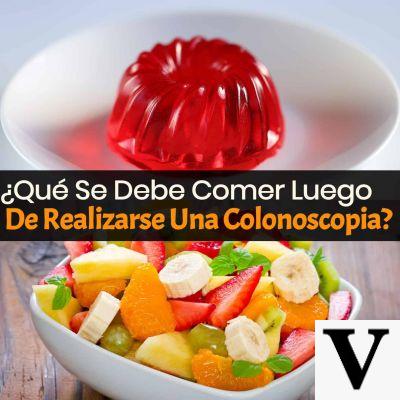
Colonoscopy
Colonoscopy is an endoscopic examination aimed at observing the intestinal mucosa of the large intestine and the distal part of the small intestine.
It uses a fiber optic camera, mounted at the apex of a flexible tube that is inserted through the anus. Colonoscopy can thus provide a visual diagnosis (for example of ulcers, polyps, diverticula, cancerous lesions, etc.); when needed, this examination also offers the possibility to perform a biopsy or the removal of suspected cancerous or precancerous lesions (polyps) in the colon rectal area; these, once removed, must be studied under a microscope to determine their histological type (benign, malignant, stage, etc.).
ATTENTION! In order to avoid unnecessary alarmism, we remind you that an intestinal polyp can take up to 15 years to turn into a cancerous lesion; however, at a certain age (around 55-60 years), colonoscopy should be considered a screening test.
In certain subjects considered potentially at risk (due to familiarity, clinical history of other injuries, inflammatory intestinal sufferings, etc.), it would be desirable that it be systematically programmed and repeated from the age of 40.
Being a visual examination, colonoscopy requires a preparatory phase of colon cleansing, in which diet plays a very important role (for more information read the article: Diet in preparing for colonoscopy).
On the other hand, not everyone knows what diet to follow immediately after the exam. In the next chapter we will describe the most suitable diet for the recovery phase from colonoscopy.
After Colonoscopy: What to Eat?
The restoration of intestinal regularity after colonoscopy depends on the filling time of the digestive tract; in other words, as long as the intestine is not full, the evacuations will hardly be regular.
However, it should be borne in mind that, after a colonoscopy, the colon is:
- Almost devoid of intestinal bacterial flora
- Undernourished (like the rest of the body)
- Washed out of the physiological protective mucus.
The basic principles for avoiding the classic intestinal symptoms (especially constipation, but also diarrhea) are:
- Avoid alcohol and beverages / foods or supplements containing nerve molecules (caffeine, theobromine, theine, etc.) for at least 12-24 hours; among these: wine, beer, grappa, coffee, chocolate, cocoa, fermented teas, energy drinks, thermogenic supplements, etc.
- Avoid overly fatty foods and recipes that use a lot of seasonings, including salt and spices (stews, roasted larded roasts, amatriciana pasta, pan-fried spinach with sausage and the like).
- In the event that the colonoscopy has foreseen heavy sedation, or that the subject is particularly affected, it is advisable to structure a liquid or semi-liquid diet; the most suitable foods are peeled and well-cooked fruit, vegetables and legumes (for example, vegetable and / or legume puree - not pureed - and cooked - peeled - apples).
This recommendation is necessary because, in some cases, anesthesia causes nausea and / or vomiting; a clouded mind is not able to better manage this kind of impulses, which is why it would be better to optimize the expulsion process. - Choose a diet with a low insoluble residue, increasing the intake of soluble fiber. These have a prebiotic action, improve the consistency of the stool and regulate intestinal activity without excessively stressing peristalsis.
- Avoid recipes cooked with systems that tend to produce toxic molecules; also avoid foods that contain nitrates and nitrites. This is also a valid criterion for healthy people, however, considering that the intestine is more vulnerable, it is better to avoid these potentially carcinogenic elements coming into contact with the mucosa.
To limit nitrates and nitrites, it is essential to avoid preserved meats (sausages) and to wash the vegetables carefully. To limit toxic molecules, it is essential to discard cooking on the grill, griddle, spit, frying and pan cooking over a too high flame. On the other hand, we recommend cooking by boiling, pressure, steam, vacuum-packed and in jars. - Introduce foods gradually, especially those poorly tolerated. For example, on the first day consume only: rice, veal, lettuce and extra virgin olive oil, which are among the most universally tolerated foods.
- Respect the criterion of subjective tolerance, based on the knowledge of one's own organism; for example, knowing that ginger or chilli could irritate the intestine causing diarrhea and cramps, postpone their use until full recovery.
- Increase the amount of water and minerals in the diet. Patients undergoing colonoscopy tend to be dehydrated due to the diet and preparation solutions for the visit (basically osmotic). By eating soupy first courses, the water intake increases significantly and does not conflict with the other recommendations mentioned above. In addition, it is recommended to drink little and often; hydro-saline supplementation isotonic drinks may be desirable.
- In the most difficult cases, i.e. those in which there is an alteration of the alve (constipation or diarrhea), food, or supplements or drugs, with probiotic action (with lactobacilli and bifidobacteria), prebiotic and nourishing, could be very useful. for enterocytes. These include yogurt, fermented soy-based products (tofu, miso, tempeh, etc.), buttermilk, kefir, added yogurt (to drink), enterogermin, etc. It is always good to rely on your own feelings and experience, avoiding taking foods that have never been tried before.
The products with prebiotic action are basically complex and gelatinized carbohydrates (for example, in parboiled rice) and soluble fibers (from algae such as glucomannans, from vegetables such as inulin and from fruit such as pectin). Probiotics and prebiotics help nourish the cells of the intestine (with the production of butyric acid and polyamines) but, if this were not enough, remember that some molecules such as lauric acid (coconut oil) and food butyric acid (of butter) can improve the condition of the mucous membrane.
Diet After Polypectomy
Endoscopic removal of a polyp, also called polypectomy, compromises the eating style in a variable manner depending on the size of the polyp and the intervention technique; obviously, the least problematic case is that of the endoscopic removal of a polyp less than one centimeter in diameter.
The dietary measures to be adopted following polypectomy are the following:
- First 48 hours: liquid diet, without solid foods; Furthermore, it is advisable to structure a nutritional regime based on easily digestible foods, poor in insoluble fiber (legume peel, cereal bran, etc.) and free of spices and stimulants (coffee, cocoa, red or black tea, etc.).
- First 72 hours: avoid alcohol and other irritants by including solid foods.
- Over 96 hours: respect the criteria of the post colonoscopy diet avoiding the enemas in the most absolute way. In the event of anal bleeding or other symptoms, it is advisable to resume fasting and go to the emergency room for examination.
Other articles on 'Diet After Colonoscopy'
- Prepare for Colonoscopy with Herbs
- Colonoscopy
- Preparation for Colonoscopy
- Colonoscopy Diet
- Virtual Colonoscopy




